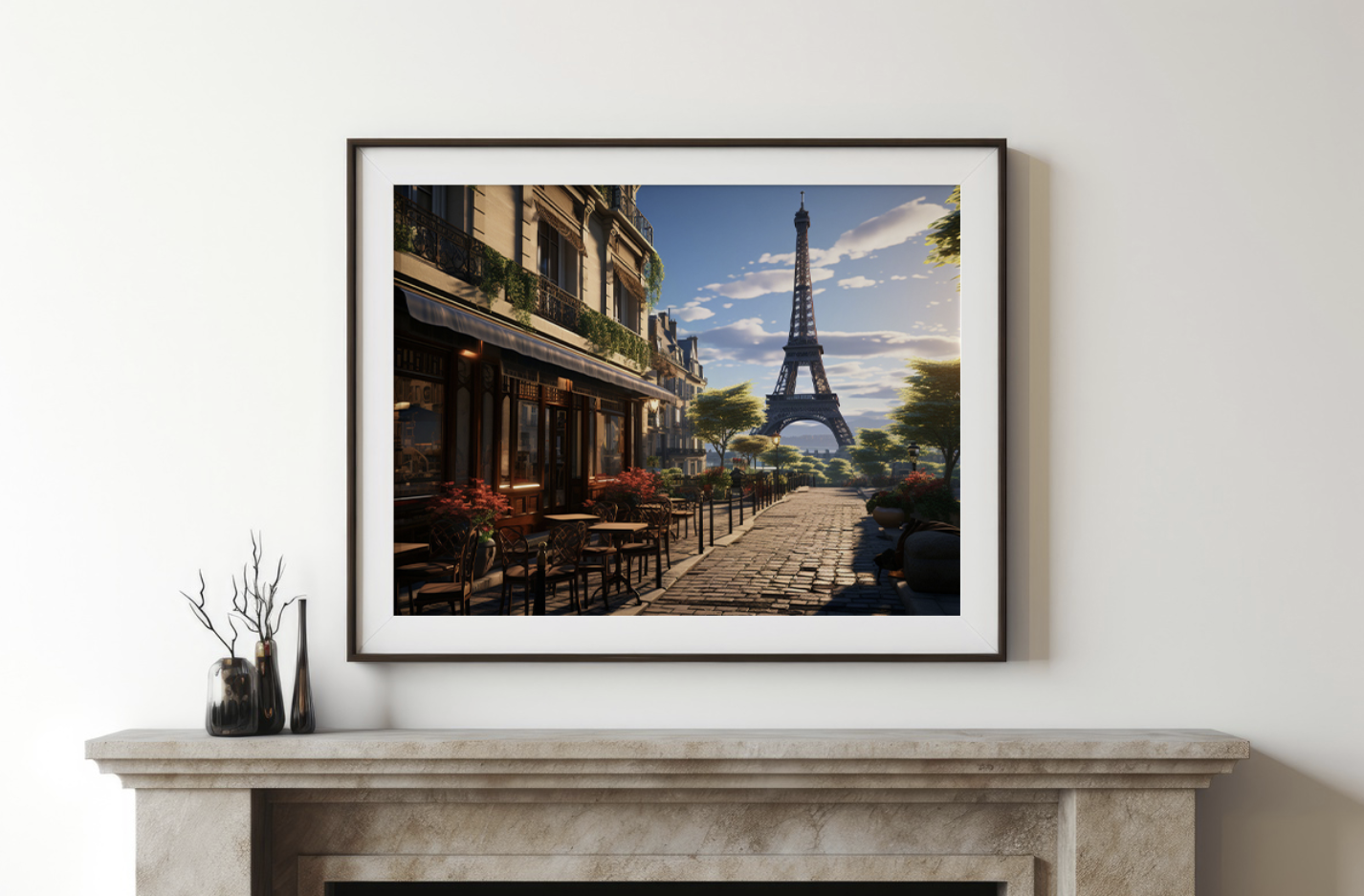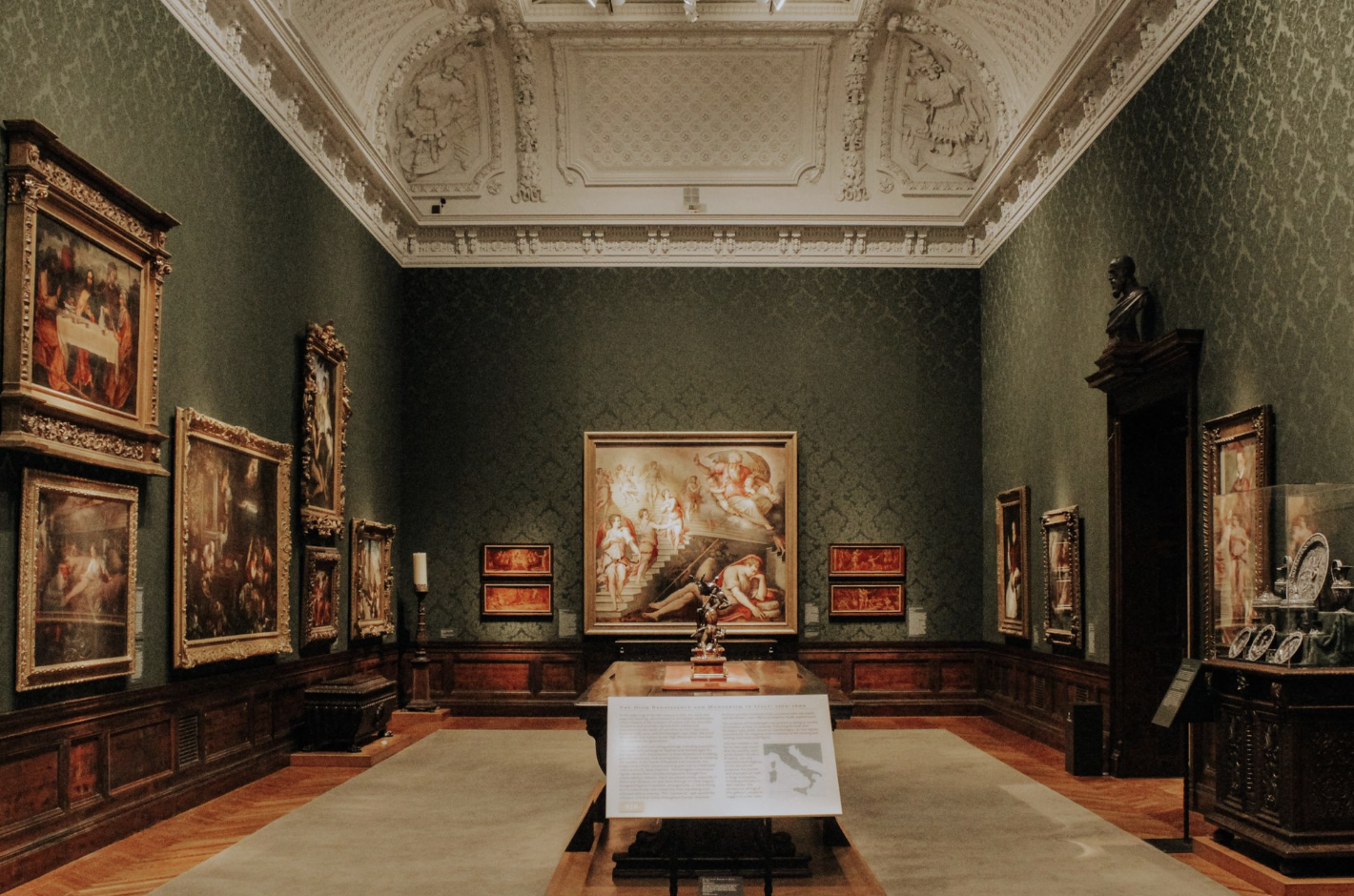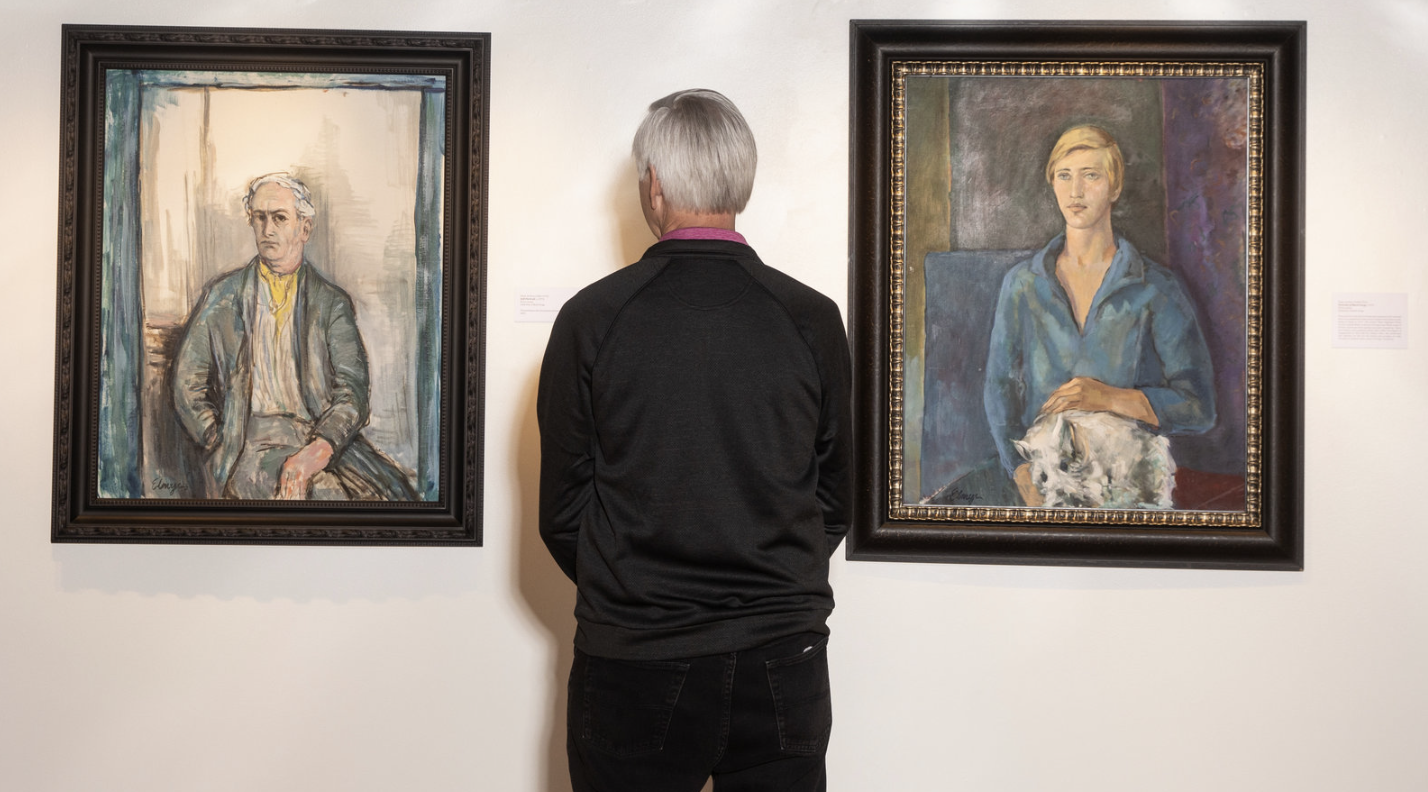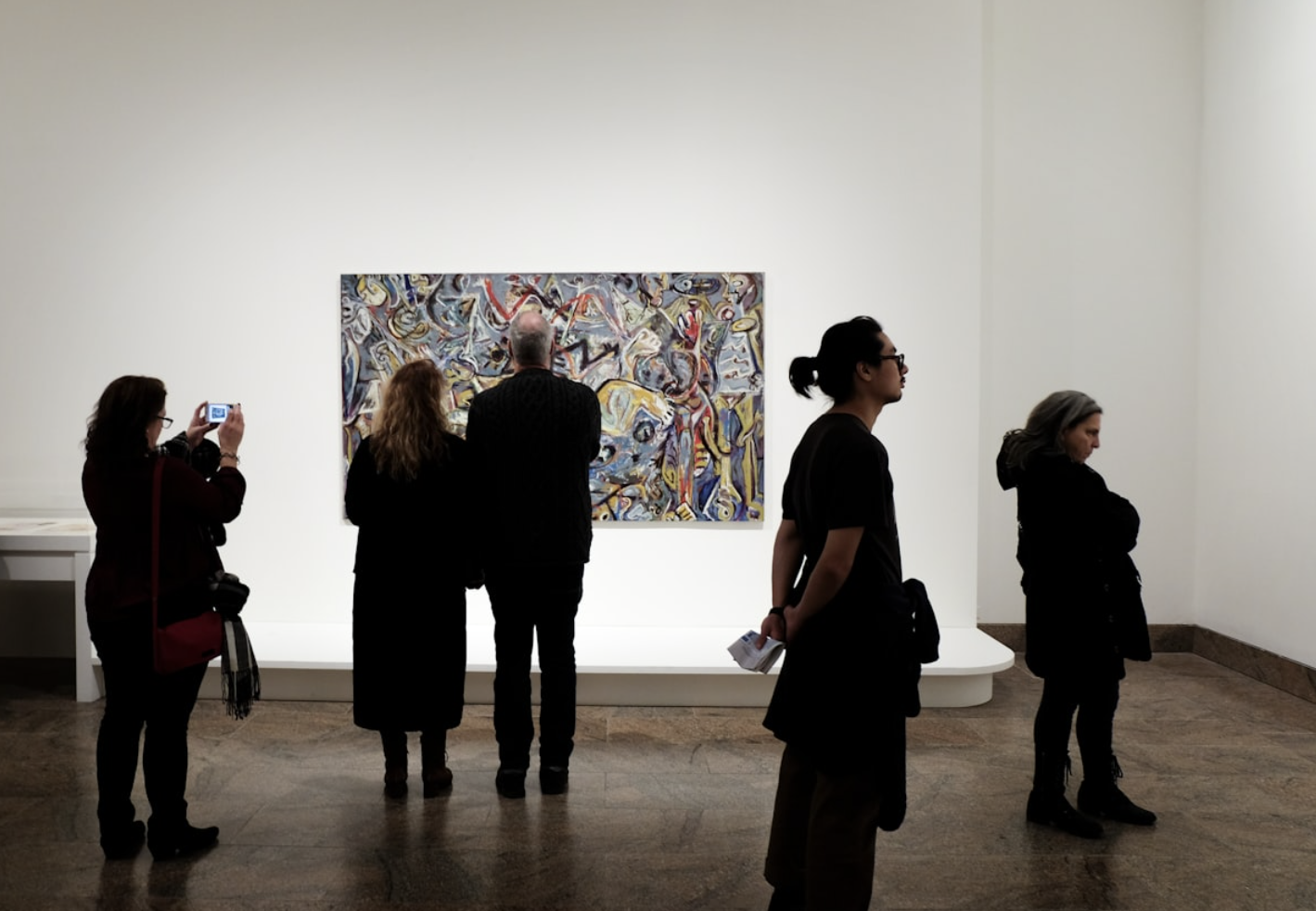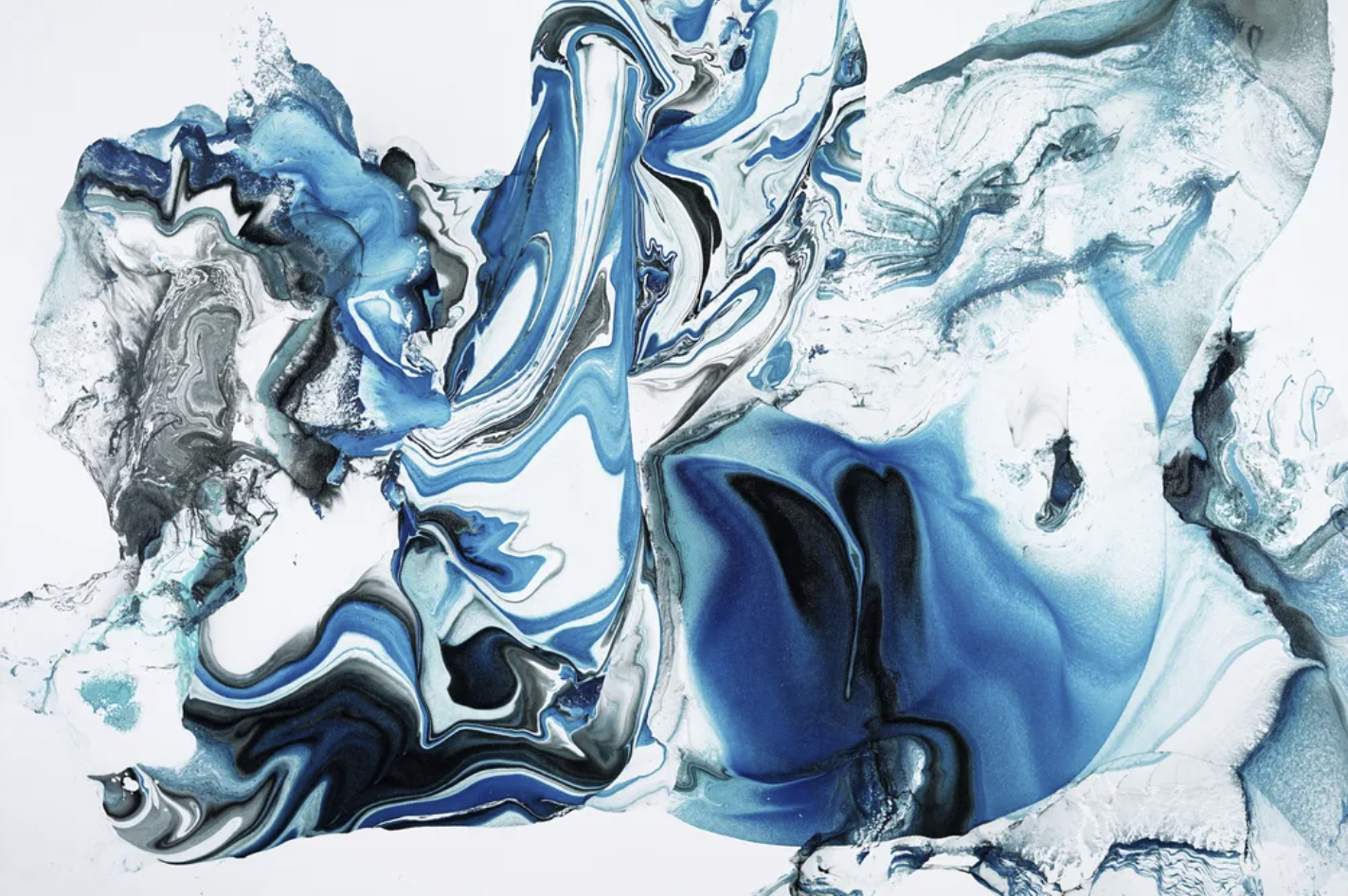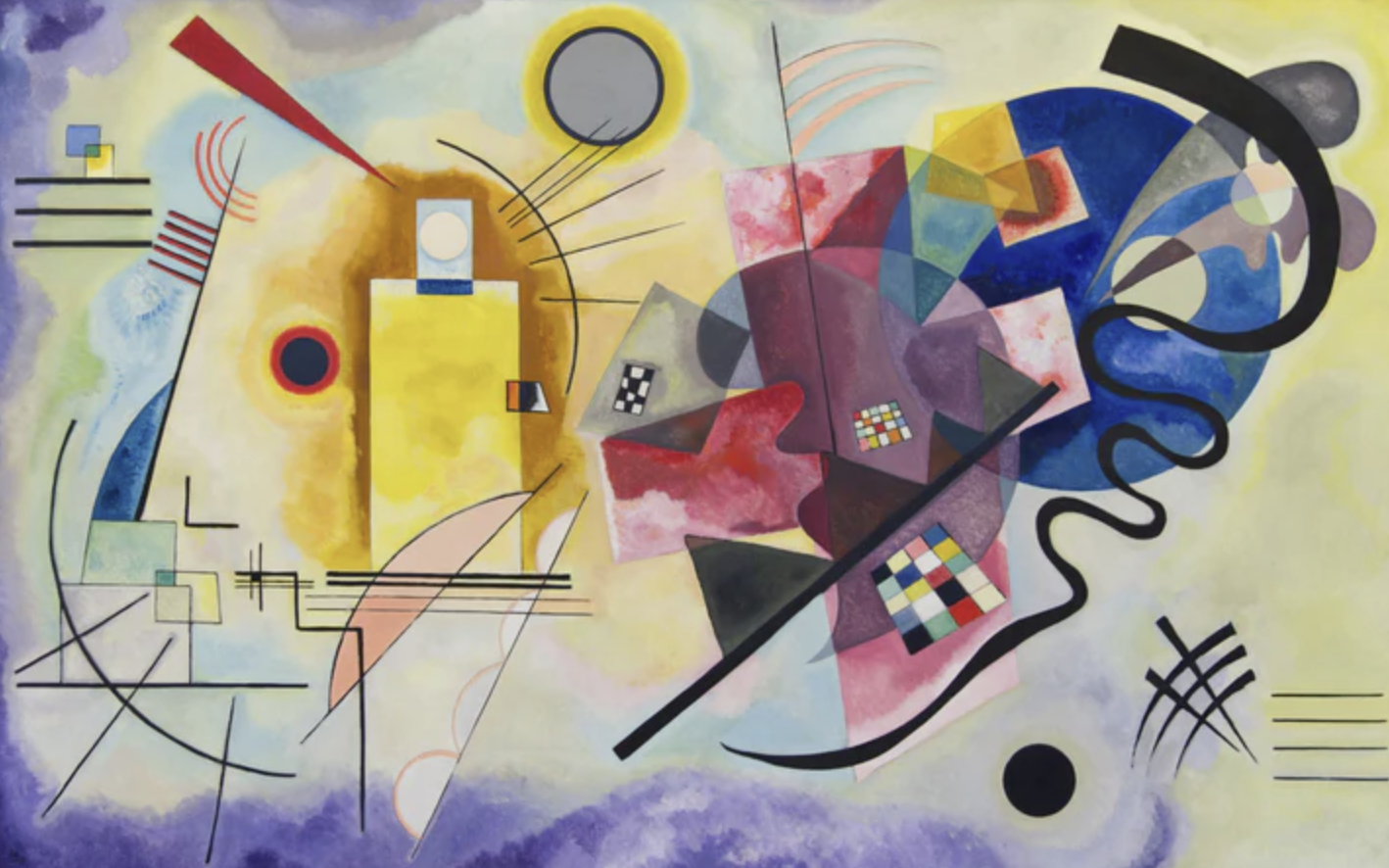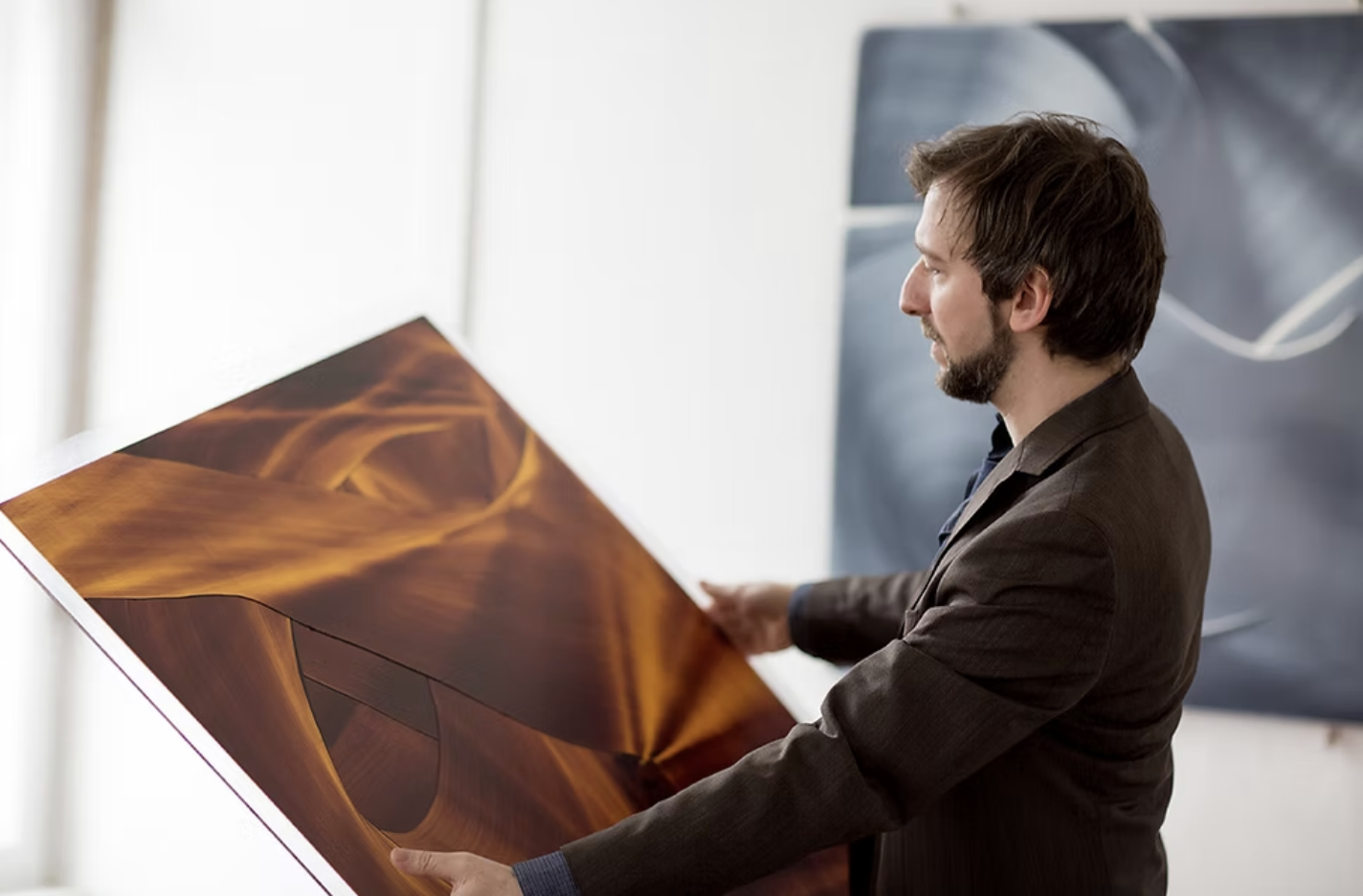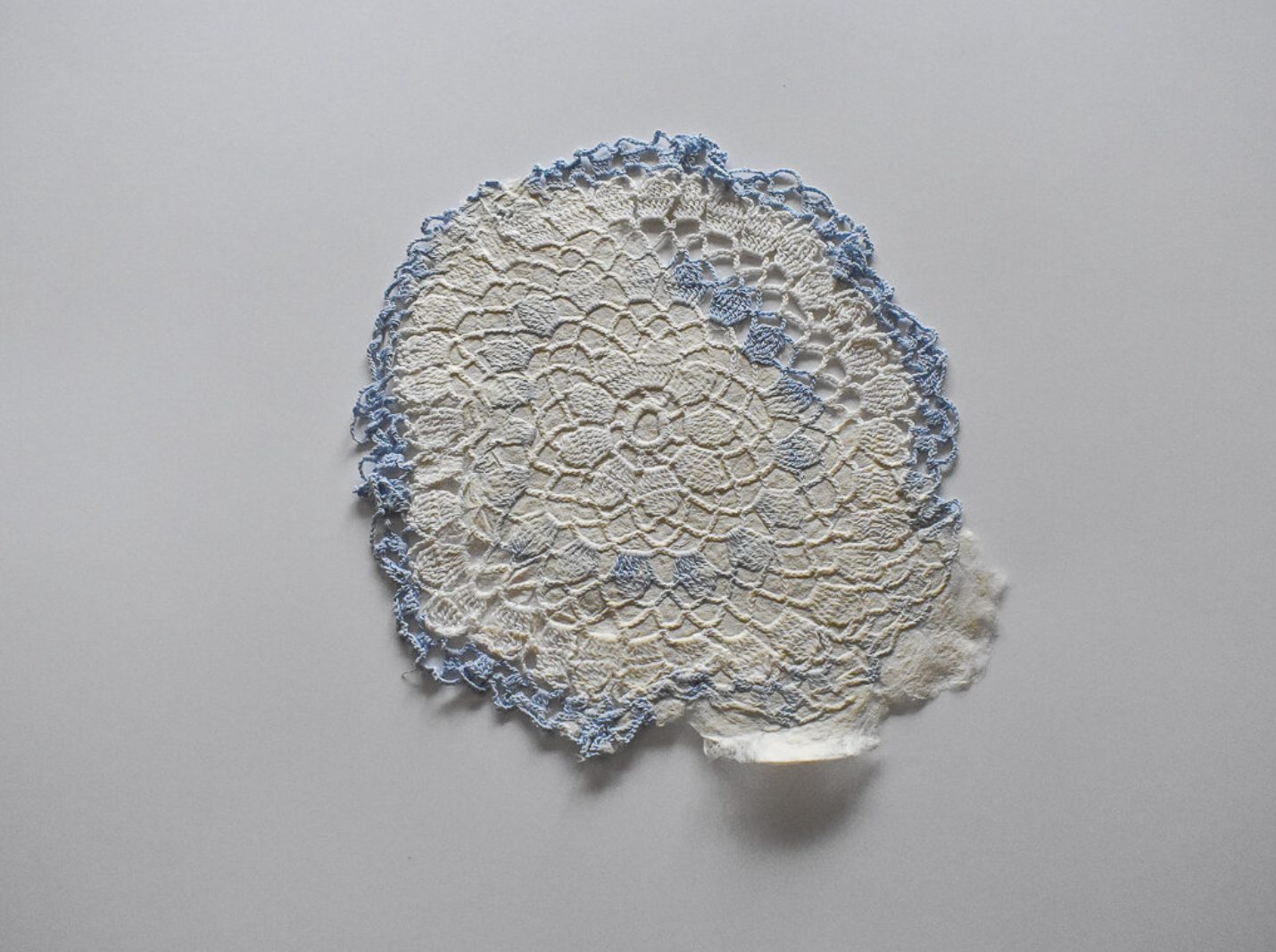
The world of contemporary art is filled with misconceptions that often discourage new collectors and investors from diving in. From the idea that art is only for the ultra-wealthy to fears about buying art online, many people have misconceptions that keep them from exploring this exciting and rewarding market. Let’s address some of the most common myths and shed light on the truth behind them.
1. Art is Only for the Ultra-Wealthy
A common misconception is that the contemporary art market is reserved for the super-rich. While it’s true that works by famous artists like Banksy or Jeff Koons can fetch millions, the majority of the art market is accessible to people with more modest budgets. Many emerging artists offer their work at affordable prices, with some starting as low as a few hundred euros. The contemporary art world is diverse, and there are plenty of opportunities for anyone to begin collecting art at a price that suits their budget.
2. You Need to Be an Expert to Invest in Art
It’s often assumed that only those with formal training in art history can navigate the contemporary art market. This is far from the truth. Investing in art is about personal connection—allowing your emotions, tastes, and experiences to guide you. You don’t need to be an expert to appreciate the value of a piece. Simply take the time to explore galleries, museums, and online platforms, and trust your instincts. Art is a unique way to diversify your portfolio while enjoying pieces that speak to you on a personal level.
3. The Art Market is Exclusively for the Elite
The idea that the art world is an exclusive domain for the wealthy is another myth. In reality, the democratization of art is well underway. Art exhibitions are open to the public year-round, and countless online platforms have made it easier than ever to explore and purchase art. Art is universal, touching all aspects of society and not just the elite. Whether you’re visiting a local gallery or browsing an online auction, there are endless opportunities for everyone to enjoy and invest in art.
4. Art is Too Expensive
Many people avoid art because they believe it’s too costly. However, this belief is misleading. Only about 1% of the art market is made up of high-end works by famous artists. In fact, most pieces are sold for less than €3,000. There are plenty of affordable options, especially from lesser-known artists whose work is still gaining recognition. You don’t need a fortune to begin collecting art; there are numerous pieces available at prices that fit a variety of budgets.
5. You Have to Live in a Big City to Appreciate Art
Another myth is that art appreciation and investment are limited to big cities like Paris, London, or New York. While these cities have prominent art scenes, the internet has made it possible for anyone, anywhere, to explore and buy art. Online platforms give you access to galleries and artists from around the world, making art more accessible than ever. You don’t need to live in a major art hub to build your collection.
6. Art Investment is Only About Making Money
Investing in art is not just about the potential for financial gain. While some buyers view art as an investment, for many collectors, it’s about passion, enjoyment, and support for the artists. Many galleries and artists operate on modest budgets, and their primary focus is often the love of art rather than the pursuit of profit. Art is a lifestyle choice for many, offering emotional and aesthetic rewards that go beyond monetary value.
7. Anyone Can Create Art and It’s Worth a Fortune
There’s a widespread belief that contemporary art is just about making something flashy or easy, and that anyone can create a masterpiece. In reality, the process of creating meaningful art is complex and requires skill, thought, and dedication. Artists spend years honing their craft, and it’s not as simple as throwing something together for the sake of showmanship. The value of art comes from the depth of creativity and technical expertise involved, not just its appearance.
8. Contemporary Art is Just Ugly or Pointless
Some people dismiss contemporary art as “ugly” or “meaningless.” However, contemporary art is diverse, with countless styles, movements, and mediums. Its beauty lies in its variety, and its purpose is not always to be visually pleasing in the traditional sense. Art reflects the time, culture, and ideas in which it is created. The richness of the contemporary art market comes from its ability to challenge perceptions and provoke thought.
9. Contemporary Art is Not Real Art
Another misconception is that contemporary art isn’t “real” art and is just the work of provocateurs. This belief undervalues the importance of art as a form of expression. Contemporary artists use their work to explore complex ideas, evoke emotions, and engage with the world around them. Art is an evolving conversation that challenges boundaries and invites reflection—its value is not defined by tradition but by its ability to inspire and make people think.
10. Buying Art Online is Risky
Some people worry about buying art online, fearing that they won’t be able to assess the piece properly or that it may not live up to their expectations. In fact, buying art online is a safe and convenient option, with nearly 70% of art collectors making purchases through online platforms. The key is to ensure that you’re buying from reputable sources. Look for detailed photographs, clear descriptions, and trustworthy platforms with strong customer service. When you shop from reliable sellers, online art buying is just as secure as buying from a physical gallery.
Conclusion
The contemporary art market is more accessible than ever, and many of the common misconceptions about it are simply untrue. Whether you’re interested in collecting for the love of art or as an investment, there’s a place for everyone in the world of contemporary art. With the right mindset and a little research, you can explore the market and start building a collection that reflects your personal taste and passion.



